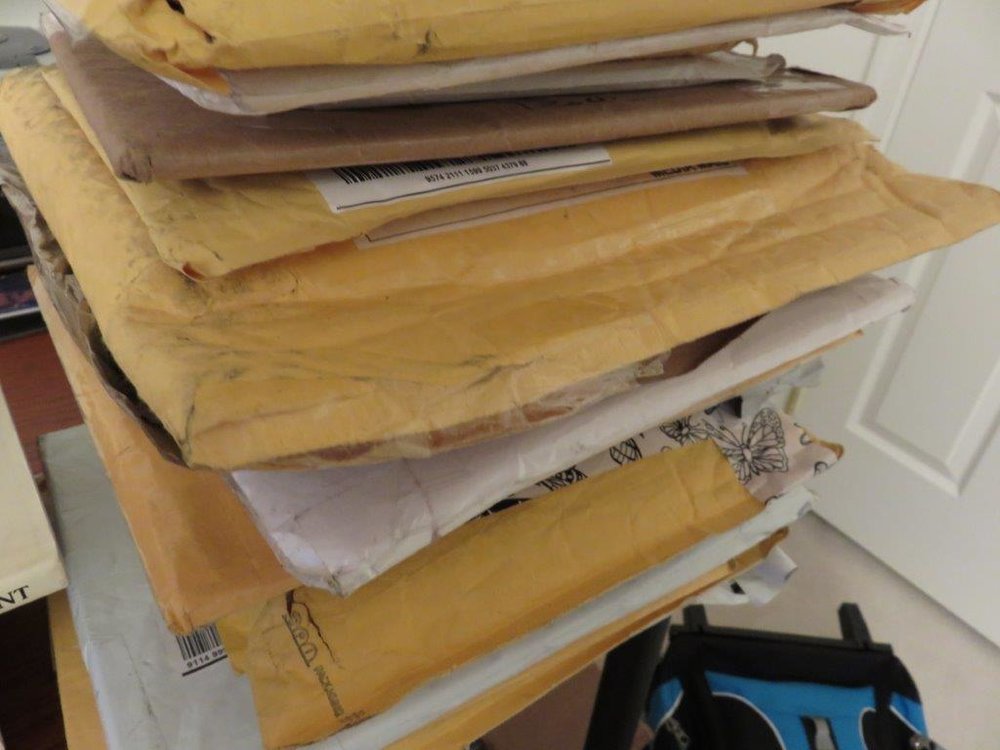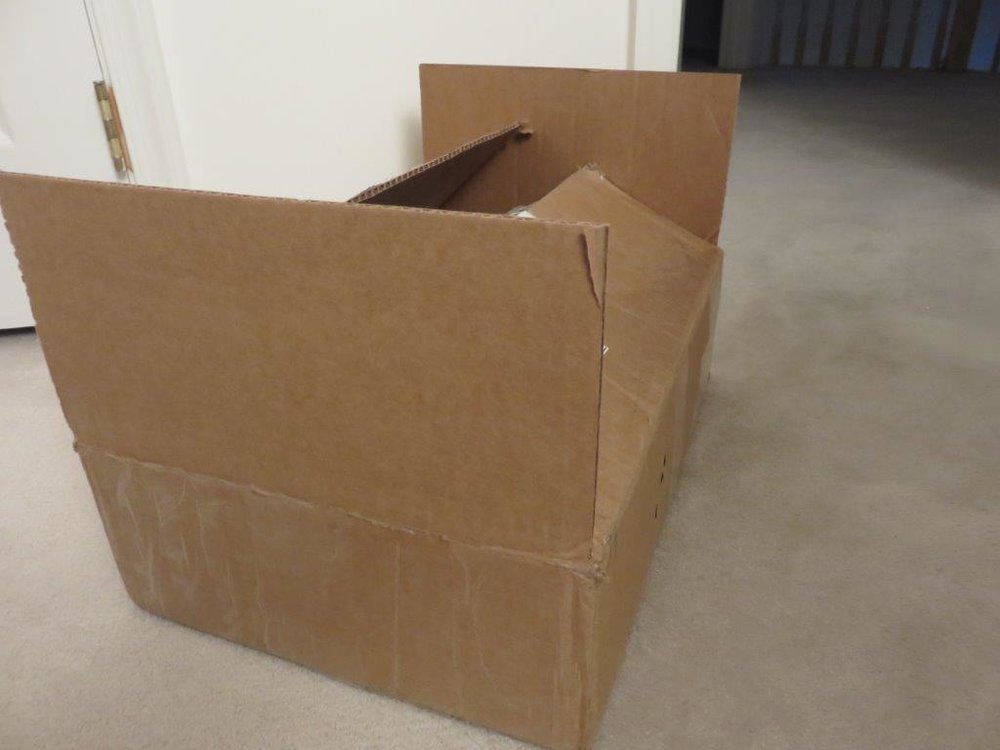Gleanings of the Week Ending November 28, 2015
/The items below were ‘the cream’ of the articles and websites I found this past week. Click on the light green text to look at the article.
Plastic by the Numbers in the Atlantic Ocean – Samples taken during the Atlantic Rally for Cruisers show that microplastics are very common. There were 0 samples without any plastic! On a personal level, I’m reading labels on face washes and toothpastes now and not buying any that have microbeads.
6 Common Activities that Harm Wildlife – One of the six is ‘microbeads’ so another spur to action. The other activities are also thought provoking: sunscreen, feeding bread to birds, bleached products, removing weeds, and plastic bags. Most of them I had heard about before…sunscreen only recently.
Are superbugs deadlier near where you live? – They are everywhere…some places worse than others. Often they are indicators of use (and misuse) of antibiotics.
An easy pill to swallow – Research into a mechanism to deliver mucoadhesive patches via pill through the digestive tract to the small intestine. There is potential that this could change delivery of protein based therapies (insulin, growth hormone, antibodies, and vaccines) from a injections to a pill.
A Flight of Birds – 14 unusual birds…portraits from the Photo Ark project (one of the 14 is a California Condor)
800-Year-Old Ancient Extinct Squash Uncovered during Archeological Dig on Menominee Indian Reservation – I’d like to see this one in my grocery store!
Shenandoah National Park Counting on Beetles to Slow Invasive Insect – The wooly adelgid is killing the hemlocks in Shenandoah (and in our area of Maryland too). Shenandoah is importing a beetle from Japan (where the wooly adelgid came from). Evidently the beetle has already been used successfully in other parks, including Great Smoky Mountains National Park.
1,700-Year-Old Roman Mosaic Discovered During City Sewer Construction Project – Found in Israel by workers upgrading the sewer system. It was the floor of a large room in a villa during the Roman period.
Pictures: Great Smoky Mountains National Park and Pictures: Rocky Mountain National Park and Explore the Power of Parks – From National Geographic…lots of great pictures, of course.
Obesity: A Complex Disorder – Graphic from The Scientist with a link at the bottom for the full article. The more we learn about obesity, the more complex it seems to become.


























